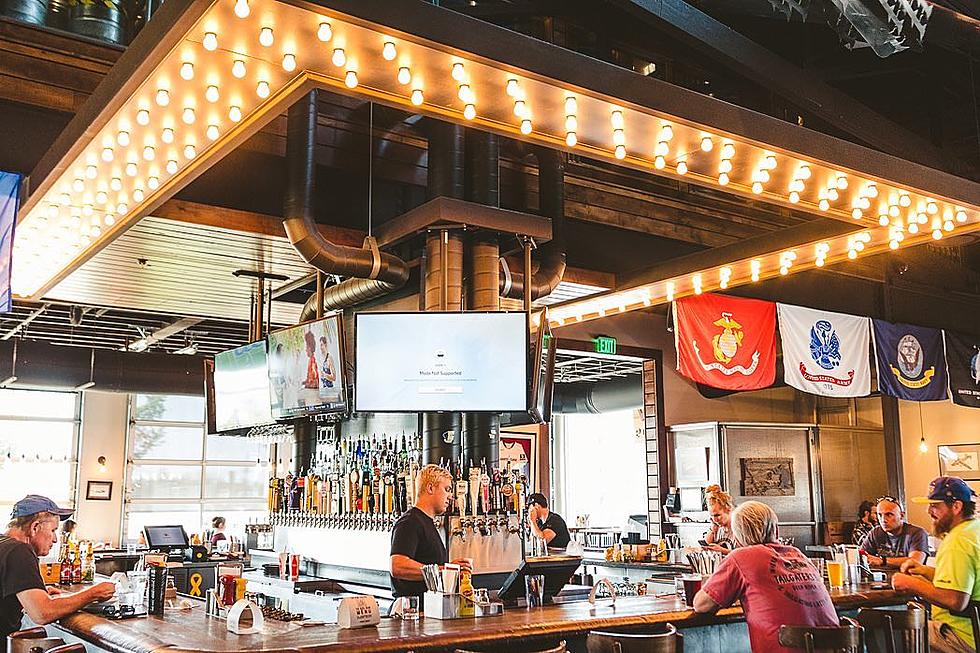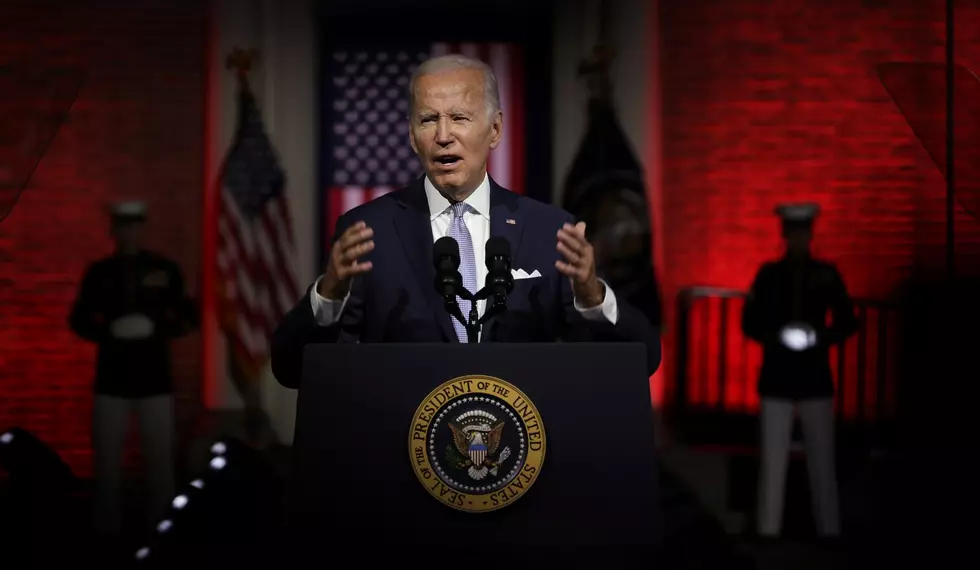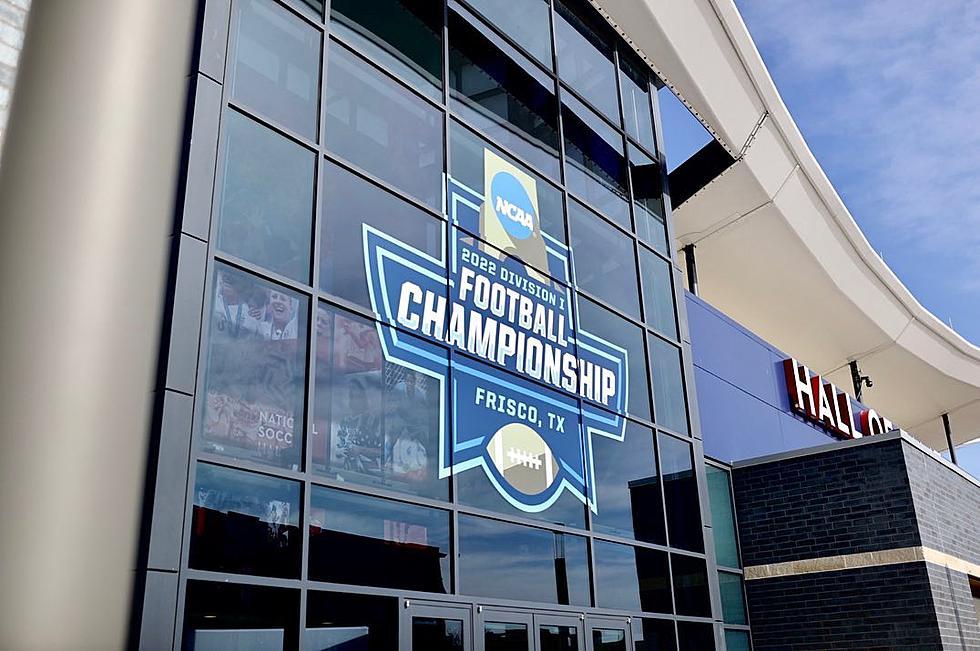
What’s Up With Our Short Attention Span?
It’s difficult to remember what news was like before twenty-four seven, three sixty-five, cable news kept us up to date. Where did this all come from? In the early 1990’s I was working with Circuit City Stores in San Diego and CNN started 24/7 coverage. For the first time we got military briefings live. Generals described “smart bombs” racing to their targets and we could see it all live in living color. Reporters were embedded in the infantry units and we got to experience the war around the clock in the safe confines of our living rooms. Even Saddam Hussein was a fan of CNN. He found out about the smart bombs right along with us. Up close and personal. We also got to witness his hanging with beer and popcorn along with pre and post hanging analysis. “George do we know what company provided the rope?” “Check on that for us will you?”
The Word Spreads
No one believed that a 24-hour news channel could attract a large enough audience to be viable, but given the success of ESPN and The Weather Channel, communication mogul Ted Turner decided to give it a shot. Thanks to the gulf war the network took off. It wasn’t long before more news channels started giving CNN a run for their money. Microsoft got in the act with CNBC and MSNBC and eventually Fox News and Fox Business news joined the party. The Internet was not to be left out. TV stations, newspapers, magazines all started assaulting our senses with their digital content.
The Sound Bite
The first person I remember using the term “sound bite” was Ross Perot during his unsuccessful 1992 presidential bid. He was complaining that his thoughts had been reduced to snippets or “sound bites” and the meaning of his comments were diluted and not reported accurately. But that didn’t stop the networks. Creative editing made heroes of some and the butt of late night talk shows for others.
Competition
As this communication juggernaut grew everyone was clamoring to get some “face time” on any of the cable networks. The lowliest, unknown political could be elevated from total obscurity to national prominence — if he or she had a killer sound bite worthy of repeating. Good public relations experts could literally name their own price. Everyone of any importance had the direct line to some newshound on his or her speed dial.
Cable News Attention Span
Just as McDonald’s Restaurants trained us to use their fast food outlets, the cable news networks trained us to digest the news in a new way. The public was no longer satisfied with boring news anchors reading the news between commercials. Those gave way to glitzy graphics, lots of rapid visuals and high-energy narration. It isn’t so much what’s going on in the world; it’s how sensational is it? The storms at the conventions this summer, the debates, the election, Hurricane Sandy, Benghazi, Susan Rice, military scandals, Black Friday, Cyber Monday and now the Fiscal Cliff.
We don’t want to drill down very far for the “Rest of The Story” as Paul Harvey used to do. Give us the icing and save the cake for a time when you can pile new, more flavorful, icing on the same old story. Barack Obama or Charlie Sheen, we don’t care, just dish out the dirt. Amaze us, surprise us, fascinate us, and give us the scoop that no one else around the water cooler will know tomorrow morning.
Some Final Thoughts
Each day we are bombarded with thousands of images and messages all designed to keep us tuned to one source. We all have our favorite talking heads. Ed Schultz and Rachel Maddow are in a constant battle with Bill O’Reilly and Shepard Smith. It’s not a question of who’s right or who’s wrong. It’s how they make you feel. It’s marketing and advertising at it’s best. “If it bleeds; it leads.” Today’s news is old news. Tell me something I don’t know.
More From KMMS-KPRK 1450 AM









